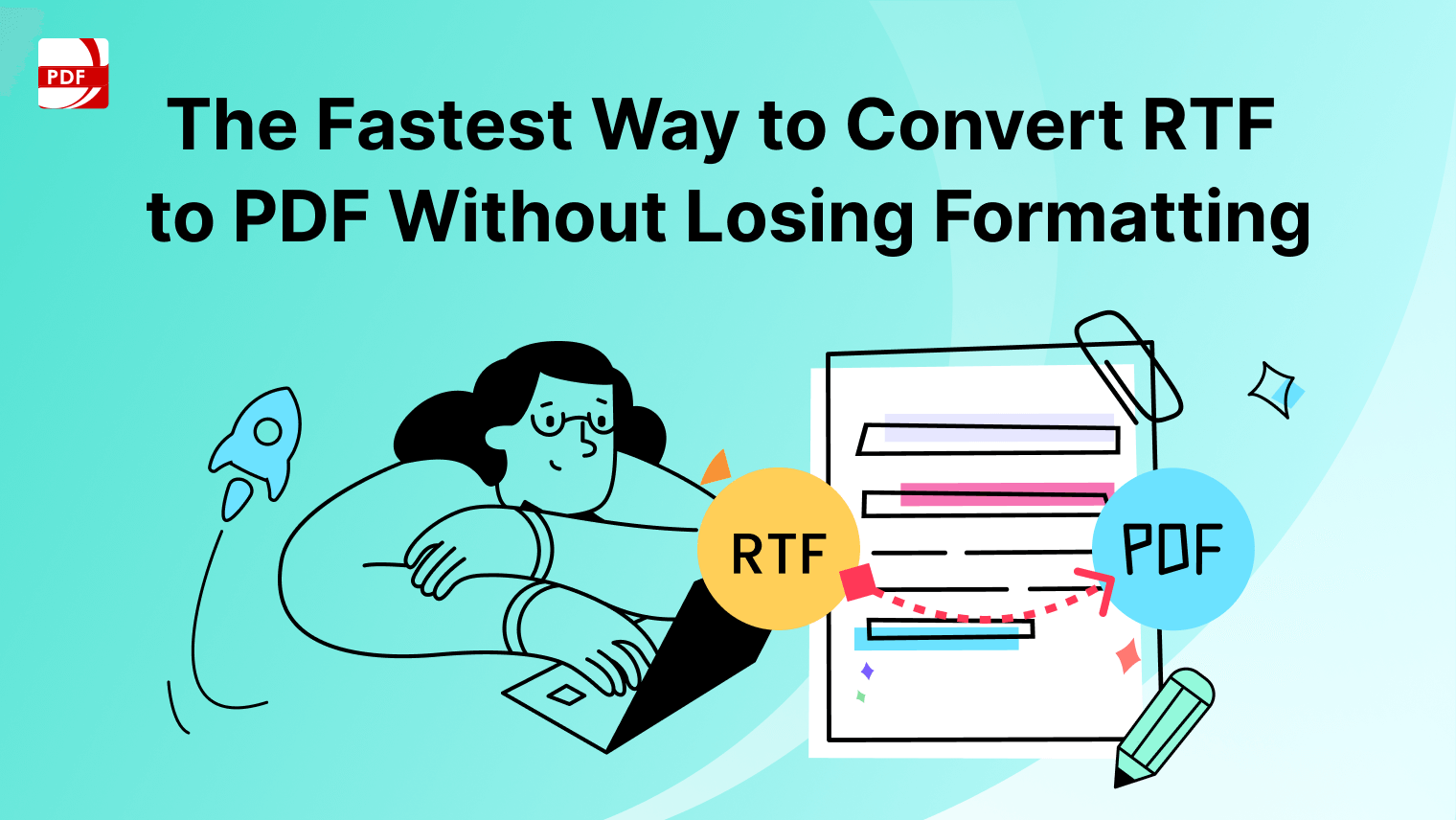If you're looking to understand how Python can be used to handle PDF documents, you've come to the right place. This guide will provide you with a clear overview of the basics and advanced techniques for managing PDF files using Python.
Key Sections
To structure your flowchart using the template provided at PDF Reader Pro, you'll want to organize it similar to how business or official documents are structured with clear sections. Here’s how to fill out the key sections, customized for designing a flow chart:
1. Your Contact Information
- Purpose: Identify the creator of the flowchart.
- Details to Include: Your full name, address, and any relevant contact information like email or phone number.
2. Date
- Purpose: Document when the flowchart was created or last updated.
- Details to Include: The exact date when the flowchart is completed or handed over for use.
3. Flowchart Title
- Purpose: Clearly state what process or system the flowchart represents.
- Details to Include: A concise title at the top of the flowchart, e.g., “Employee Onboarding Process”.
4. Process Start and End Points
- Purpose: Indicate the beginning and conclusion of the process.
- Details to Include: Use ovals to mark the start (e.g., “Application Received”) and end (e.g., “Setup Complete”) points of the process.
5. Step Descriptions
- Purpose: Describe each step in the process flow.
- Details to Include: Use rectangles to represent each action or decision, and label them with a brief description of the step.
6. Decision Points
- Purpose: Highlight decision-making junctions within the process.
- Details to Include: Use diamond shapes to denote decision points, and label them with questions or decisions to be made.
7. Arrows
- Purpose: Show the direction of the process flow.
- Details to Include: Connect the shapes (steps and decisions) with arrows to indicate the flow from one to the next.
8. Annotations or Comments
- Purpose: Provide additional information or clarity where necessary.
- Details to Include: Add small text boxes or callouts near complex steps or decisions to offer more details or clarify the required actions.
9. Footer
- Purpose: Include disclaimer or copyright information.
- Details to Include: At the bottom, you might add a footer noting copyright, version number, or confidentiality information, if applicable.
 John C. Maxwell
John C. Maxwell
Tips and Tricks for Writing a Flow Chart
Here are some helpful tips and tricks for designing a clear and effective flow chart:
-
Keep It Simple: Avoid overcomplicating your flow chart with too many steps or excessive details. Stick to the essential steps to ensure the process is easy to follow.
-
Use Standard Symbols: Stick to the traditional flow chart symbols like ovals for start/end points, rectangles for processes, and diamonds for decisions. This makes it universally understandable.
-
Make It Linear: Whenever possible, arrange the steps in a straight line, either horizontally or vertically. This makes it easier to read and follow.
-
Limit Decision Points: Too many decision points can create confusion. Keep them to a minimum and ensure each one leads to a clear outcome.
-
Color-Code for Clarity: Use color to group related steps or differentiate between various parts of the process, but avoid using too many colors, which can clutter the chart.
-
Consistent Spacing: Ensure there is uniform spacing between shapes to maintain a neat and professional appearance.
-
Test for Flow: Before finalizing, walk through the chart step by step to ensure everything flows logically from start to finish.
Download a Flow Chart Template
Designing a flow chart can significantly improve how processes are visualized and understood. By following the tips outlined above, including keeping it simple, using standard symbols, and avoiding common pitfalls, you'll be able to create clear, effective flow charts for any purpose.
The provided template is a valuable tool to streamline this process even further. It saves time and effort by giving you a well-structured starting point, which you can easily customize to fit your needs.
Fill Out and Customize the Template
Here’s a step-by-step guide on how to fill out and customize the "Design a Flow Chart" template from PDF Reader Pro. I’ll break down each section and provide an example of how to fill it out for a simple process, like a "Hiring Process" flow chart.
1. Start and End Points
What to Fill In: These define the beginning and end of your process.
Example:
Start: "Application Received"
End: "Offer Accepted"
2. Process Steps
What to Fill In: Each rectangle in the template represents a step in the process. Fill these with the main actions involved.
Example:
Step 1: "Review Resume"
Step 2: "Conduct Phone Interview"
Step 3: "Schedule In-Person Interview"
Step 4: "Offer Job"
3. Decision Points
What to Fill In: These are represented by diamonds in the template. They indicate where a decision needs to be made, and there should be arrows pointing to the outcomes.
Example:
Decision: "Is the Candidate Qualified?"
Outcomes:
If "Yes", proceed to "Schedule In-Person Interview."
If "No", go to "Reject Application."
4. Arrows/Connections
What to Fill In: Arrows guide the flow of the chart, showing how one step leads to another. Ensure your arrows point from one shape to the next.
Example:
Draw arrows from "Review Resume" to "Is the Candidate Qualified?"
From the decision point, draw arrows to either "Reject Application" or "Schedule In-Person Interview."
5. Optional Subprocesses
What to Fill In: You may want to add subprocesses to describe certain tasks in more detail. These are additional rectangles linked to specific steps.
Example:
Add a subprocess after "Conduct Phone Interview" with steps like "Prepare Questions" and "Evaluate Candidate Response."
6. Labels and Notes
What to Fill In: You can add labels or brief notes next to steps or decisions for extra clarity.
Example:
Label next to "Schedule In-Person Interview": "Schedule within 3 business days."
7. Customize Colors and Fonts
What to Fill In: Customize the template to match your brand or make different sections stand out by using colors or different font sizes.
Example:
Use blue for "Process Steps," green for "Decision Points," and red for "End Point."
 Chloe West
Chloe West
Common Mistakes to Avoid
When creating and using a Flow Chart, there are a few legal aspects to keep in mind
-
Overcomplicating the Chart:
- Problem: Including too many steps or irrelevant details can make the flow chart cluttered and hard to follow.
- Solution: Stick to essential steps. If needed, break the process into multiple smaller charts or add subprocesses to simplify.
-
Using Non-Standard Symbols:
- Problem: Using unconventional symbols can confuse readers who may not be familiar with your flow chart's format.
- Solution: Stick to traditional flow chart symbols like ovals for start/end points, rectangles for steps, and diamonds for decision points. This ensures the chart is universally understandable.
-
Lack of Consistency:
- Problem: Inconsistent spacing, font sizes, or color usage can make your chart look unprofessional and difficult to read.
- Solution: Use a uniform style throughout the chart, ensuring consistent spacing, text size, and colors. Establish a style guide if necessary.
-
Too Many Decision Points:
- Problem: Having numerous decision points can overwhelm the viewer and disrupt the flow.
- Solution: Limit decision points to only the most critical ones. If a process requires many decisions, break it into smaller sub-flows.
-
Ambiguous Labels:
- Problem: Vague or unclear step descriptions can confuse readers, leading to misunderstandings of the process.
- Solution: Ensure that each step is labeled clearly and concisely. Use direct language that leaves no room for interpretation.
-
Skipping Key Steps:
- Problem: Leaving out important steps, even minor ones, can create gaps in understanding.
- Solution: Review the process thoroughly before finalizing the chart to ensure all necessary steps are included.
-
Ignoring Feedback:
- Problem: Not reviewing or testing your flow chart with others can result in unclear or inefficient diagrams.
- Solution: Share the flow chart with colleagues or stakeholders for feedback and suggestions. This ensures clarity and accuracy before official use.












 Free Download
Free Download Free Download
Free Download





 Support Chat
Support Chat